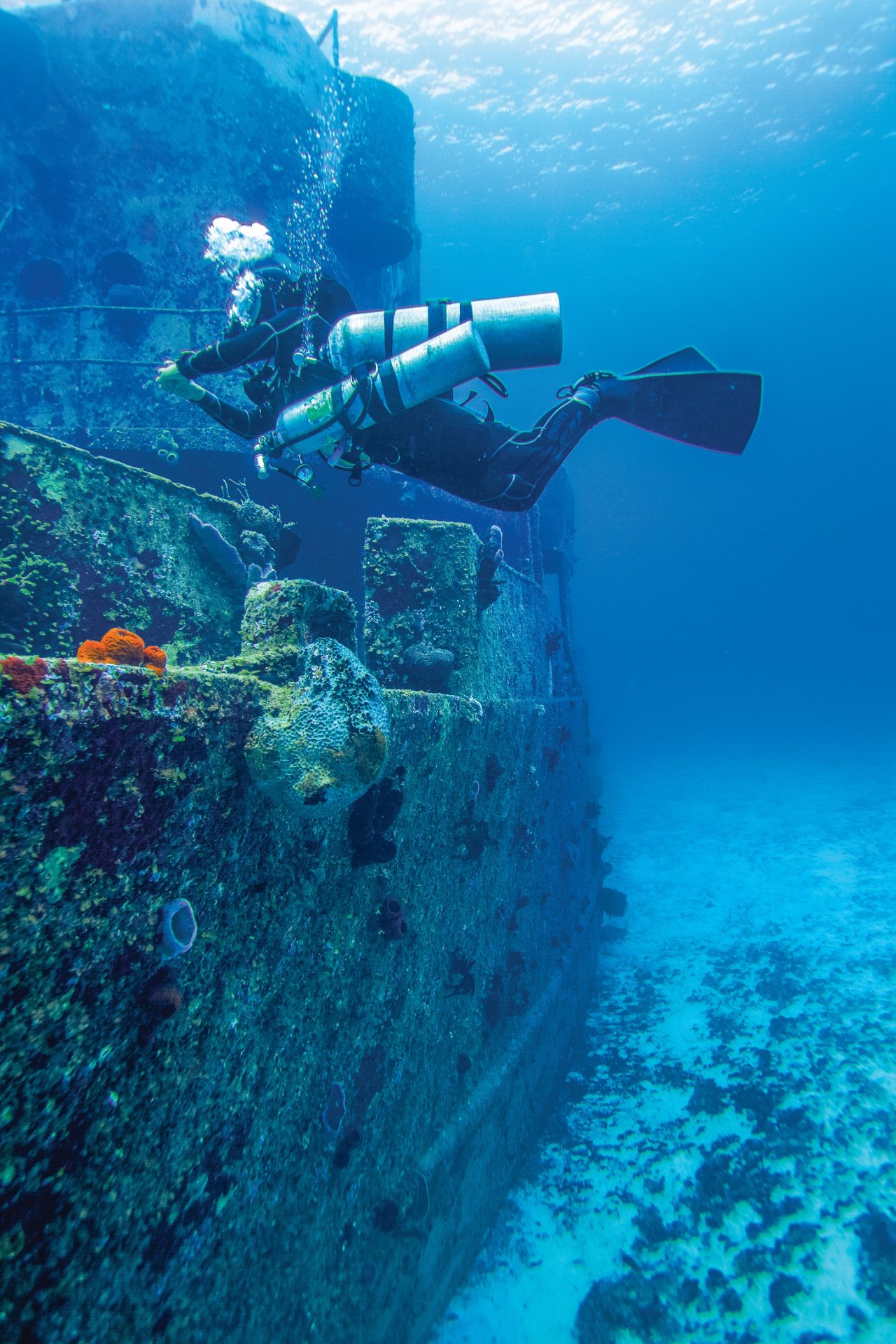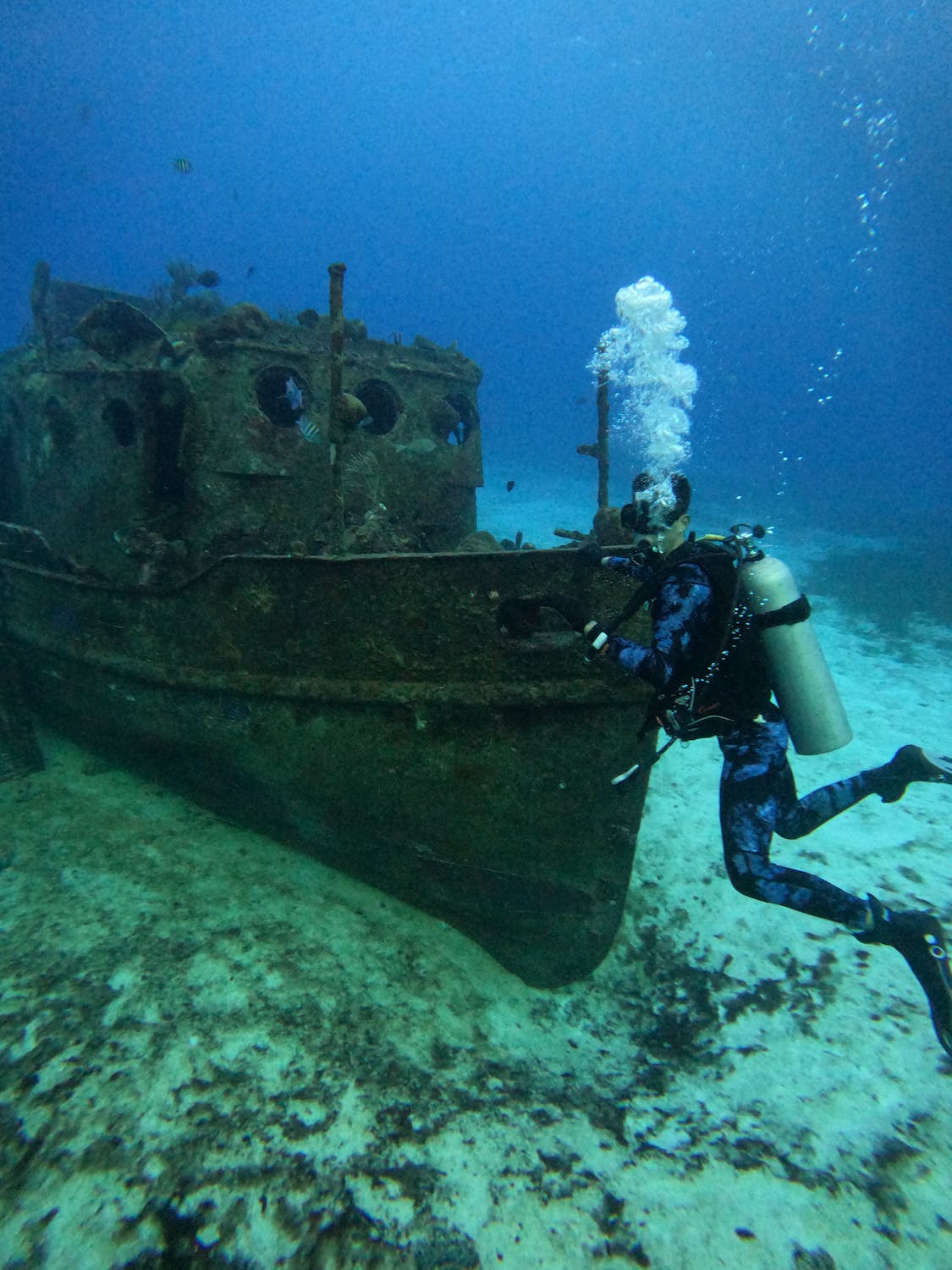The Art of Marine Salvage: A Riveting Tale of Oceanic Rescue Missions
This is a guest post by Christopher Garcia.
Beneath the vast and mysterious expanse of our oceans lie secrets untold – tales of forgotten shipwrecks, lost cargo, and historical artifacts that have vanished beneath the waves. But fear not, for amidst these depths, a group of brave souls have mastered the extraordinary art of marine salvage, turning these perilous waters into their stage for daring rescue missions.
Marine salvage, an awe-inspiring blend of science, engineering, and sheer tenacity, is more than just a profession; it’s a captivating tale of resilience and ingenuity. These modern-day adventurers venture into uncharted waters with every mission, chasing whispers of history and heroism.

From centuries-old shipwrecks to contemporary maritime mishaps, each rescue mission is a high-stakes drama that demands meticulous planning and cutting-edge technology.
Marine salvage has been an integral part of our maritime narrative, preserving maritime artifacts that hold the secrets of our past and ensuring the safety of modern-day seafarers. From ancient amphorae laden with tales of trade routes to the remnants of once-mighty vessels, these salvage missions breathe life into forgotten chapters of history.
So, strap on your life jackets and prepare to be captivated by the enthralling world of marine salvage. As we sail through the annals of time and delve into daring oceanic rescue missions, you’ll discover the triumphs, challenges, and heart-stopping moments that define this extraordinary art.
Unveiling the Depths: Exploring the World of Marine Salvage
The art of marine salvage is a captivating blend of history, adventure, and technical expertise. Throughout the ages, humans have sought to recover lost treasures, sunken vessels, and historical artifacts from the ocean’s depths, giving rise to the fascinating practice of marine salvage.
The roots of marine salvage can be traced back to ancient civilizations, where brave individuals first ventured into treacherous waters to retrieve valuable cargo and repair damaged ships. Over time, the art of marine salvage has evolved, encompassing a wide range of specialized skills and advanced technologies.
Lost Treasures Beneath the Waves
One of the most alluring aspects of marine salvage is the exploration of shipwrecks and the stories they hold. Shipwrecks, once tragic accidents, now serve as time capsules, preserving past civilizations’ cultural and historical heritage. From ancient trade routes to battles of centuries past, each shipwreck has a tale to tell.
Notable shipwrecks like the RMS Titanic and the Spanish galleons laden with treasure have captured the imagination of people worldwide. These wrecks have become more than mere shipwrecks; they are symbols of human endeavors, triumphs, and tragedies.
Challenges and Perils of Oceanic Rescue Missions
Marine salvage is not without its challenges and dangers. Salvagers face unpredictable weather conditions, demanding underwater environments, and potential hazards the wrecks pose. The immense pressure and darkness of the deep sea can test the limits of human endurance and technological capabilities.

Environmental considerations also play a crucial role in marine salvage operations. Salvagers must be mindful of the delicate marine ecosystems and minimize their impact during salvage operations.
The Art and Science of Marine Salvage
The art of marine salvage is a masterful blend of scientific knowledge, engineering skills, and creative problem-solving. Salvagers employ various tools and technologies, such as remotely operated vehicles (ROVs), side-scan sonar, and advanced diving equipment, to conduct surveys and carefully plan salvage missions.
Each salvage operation is unique, demanding meticulous planning and execution. To devise effective recovery strategies, salvagers must analyze various factors, such as the wreck’s condition, the surrounding environment, and potential risks.
Preserving History: Salvaging Artifacts and Maritime Heritage
Marine salvage is not solely about recovering treasures but is also crucial in preserving maritime heritage. Salvaging artifacts and shipwrecks offers a glimpse into the past, providing valuable insights into the lives, cultures, and technologies of bygone eras.
Marine salvagers often collaborate with historians, archaeologists, and preservationists to ensure that recovered artifacts are carefully documented, conserved, and shared with the public.
These efforts contribute to our collective understanding of history and enrich the cultural legacy for future generations.
Modern-day Marine Salvage: A Look at Contemporary Missions
Marine salvage plays a vital role in maritime safety, commerce, and environmental protection in the modern era. Salvagers respond to emergencies such as ship groundings, oil spills, and vessel wrecks, mitigating potential ecological disasters and ensuring maritime safety.
Notable contemporary salvage missions have successfully recovered valuable cargo, damaged ships, and even aircraft from underwater environments. These missions showcase the enduring importance of marine salvage as a critical aspect of modern maritime operations.
The Future of Marine Salvage: Technology and Sustainability
As technology advances, the future of marine salvage holds promise. Innovations, such as autonomous underwater vehicles (AUVs), 3D scanning, and artificial intelligence, will revolutionize salvage operations, making them more efficient and safer.
Moreover, sustainability is becoming an integral part of marine salvage practices. Salvagers are increasingly adopting eco-friendly measures to minimize the impact on marine ecosystems during salvage operations, ensuring a harmonious coexistence with the ocean.
Conclusion
Marine salvage is an extraordinary realm where history and adventure intertwine beneath the waves. Through the art of marine salvage, brave individuals and skilled professionals have unearthed lost treasures, revealed captivating stories of the past, and safeguarded our maritime heritage for future generations.
From ancient shipwrecks laden with historical significance to modern-day rescue missions protecting the environment and ensuring maritime safety, marine salvage plays a vital role in our interconnected world.
As technology advances and sustainability becomes a focal point, the future of marine salvage holds tremendous promise. Innovations will push the boundaries of what is possible, enabling salvagers to explore even deeper into the ocean’s depths.
Let us celebrate the courage, resourcefulness, and dedication of those who venture into the unknown to recover lost treasures and preserve our maritime legacy. Their unwavering commitment ensures that the enigmatic depths of the sea will continue to share their mesmerizing stories, inspiring generations to come.
This was a guest post by Christopher Garcia.
Author Bio
Christopher Garcia is a gifted and imaginative wordsmith whose pen dances effortlessly across the pages, giving life to characters and worlds that captivate the hearts and minds of readers. From an early age, he found solace in the world of books, becoming a voracious reader and discovering the magic of storytelling.





